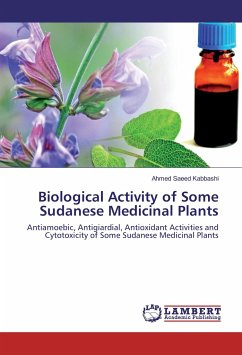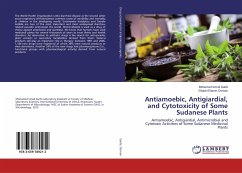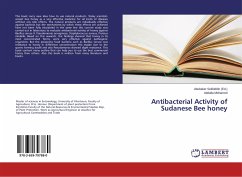Medicinal plants are still invaluable source of safe, less toxic, lower price, available and reliable natural resources of drugs all over the world. People in Sudan and in other developing countries have relied on traditional herbal preparations to treat themselves. Therefore, it is useful to investigate the potential of local plants against these disabling diseases. Entamoeba histolytica is a major cause of morbidity worldwide, causing approximately 50 million cases of dysentery and 100,000 deaths annually. Intestinal amoebiasis due to the infection of E. histolytica is ranked third on the list of parasitic protozoan infections leading to death behind malaria and schistosomiasis. Giardiasis is the most common cause of parasitic gastro-intestinal disease and it is estimated that up to two hundred million people are chronically infected with giardia lamblia globally, and 500,000 new cases reported annually. Giardia lamblia is a major cause of diarrhoea in humans.








